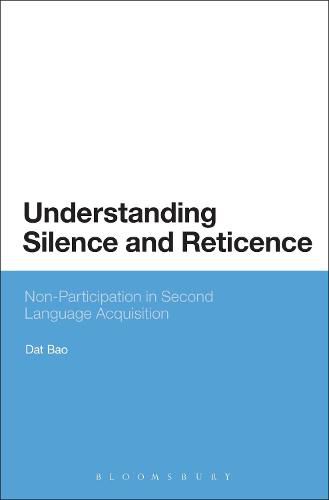Readings Newsletter
Become a Readings Member to make your shopping experience even easier.
Sign in or sign up for free!
You’re not far away from qualifying for FREE standard shipping within Australia
You’ve qualified for FREE standard shipping within Australia
The cart is loading…






What is the state of that which is not spoken? This book presents empirical research related to the phenomenon of reticence in the second language classroom, connecting current knowledge and theoretical debates in language learning and acquisition.
Why do language learners remain silent or exhibit reticence? In what ways can silence in the language learning classroom be justified? To what extent should learners employ or modify silence? Do quiet learners work more effectively with quiet or verbal learners? Looking at evidence from Australia, China, Japan, Korea, and Vietnam, the book presents research data on many internal and external forces that influence the silent mode of learning in contemporary education. This work gives the reader a chance to reflect more profoundly on cultural ways of learning languages.
$9.00 standard shipping within Australia
FREE standard shipping within Australia for orders over $100.00
Express & International shipping calculated at checkout
What is the state of that which is not spoken? This book presents empirical research related to the phenomenon of reticence in the second language classroom, connecting current knowledge and theoretical debates in language learning and acquisition.
Why do language learners remain silent or exhibit reticence? In what ways can silence in the language learning classroom be justified? To what extent should learners employ or modify silence? Do quiet learners work more effectively with quiet or verbal learners? Looking at evidence from Australia, China, Japan, Korea, and Vietnam, the book presents research data on many internal and external forces that influence the silent mode of learning in contemporary education. This work gives the reader a chance to reflect more profoundly on cultural ways of learning languages.